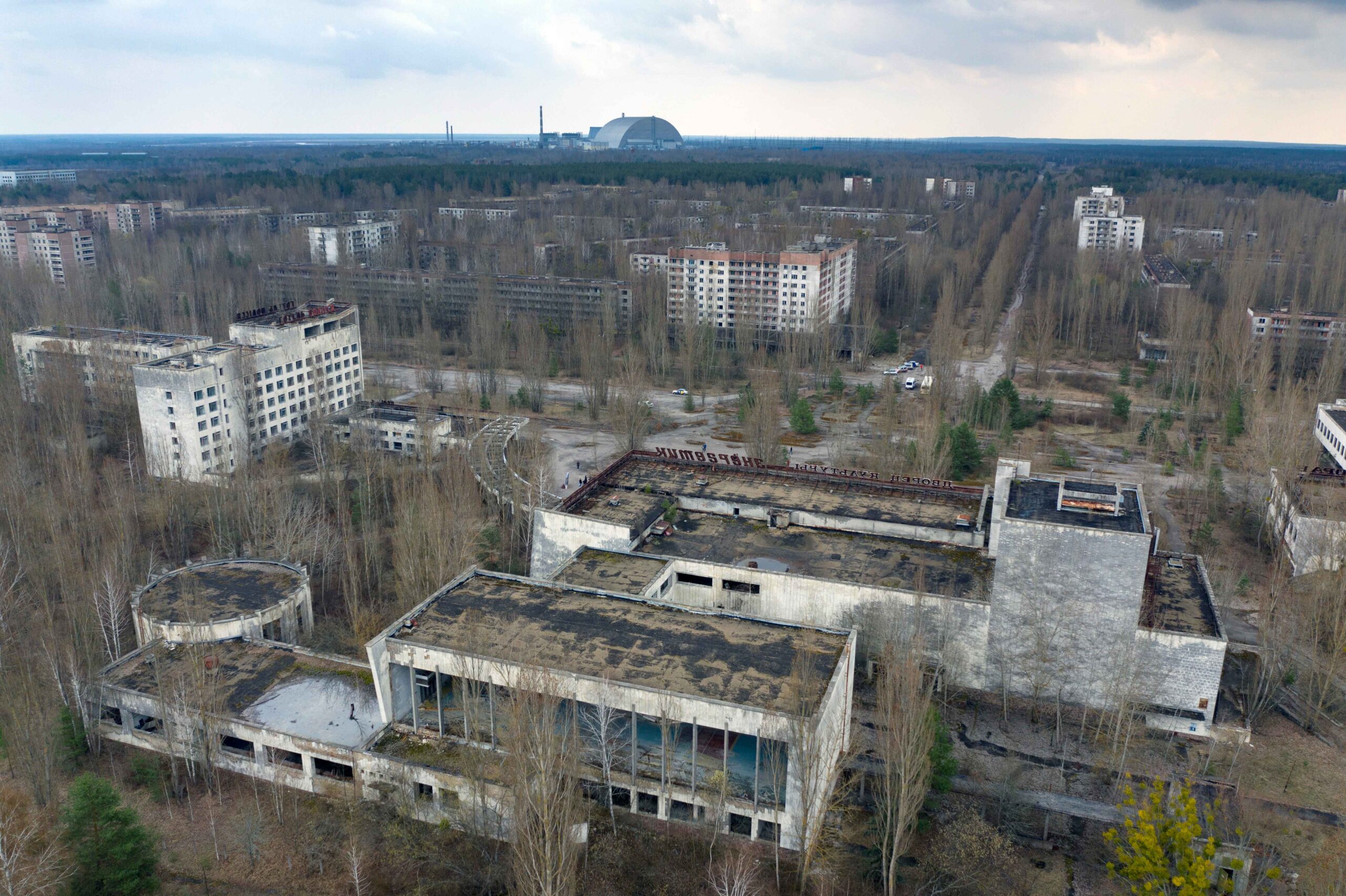The wolves roaming the abandoned, radioactive streets of the Chernobyl Exclusion Zone (CEZ) in northern Ukraine have presented a surprising resistance to cancer, a new study suggests. According to evolutionary biologists, the mutated canines’ ability to survive their heavily irradiated environment in the nearly 40 years since the Chernobyl nuclear disaster could be a key to treating human cancer patients as well.

The critical failure of reactor No. 4 at Chernobyl Nuclear Power Plant in 1986 spewed nearly 190 metric tons of radioactive fallout into the surrounding environment, killing 30 facility workers in the immediate aftermath. The long-term death toll from radiation poisoning is estimated to be in the thousands, and nearly 100,000 people were evacuated from the area to avoid further loss of life. A 1,000-square-mile exclusion zone was established later that same year and has remained abandoned ever since.
Learn the benefits of becoming a Valuetainment Member and subscribe today!
But without a human presence in the area, local wildlife has surprisingly flourished, and the CEZ is now home to thriving populations of horses, bears, deer, and, apparently, cancer-resistant wolves. Princeton University evolutionary biologist and ecotoxicologist Cara Love, who began studying the creatures in 2014, Chernobyl’s wolves are seemingly unaffected by radiation levels six times higher than the legal safety limit for humans.

At the onset of the study, Love and her colleagues equipped a group of wolves with tracking collars that also featured radiation dosimeters, which indicated that the animals were exposed to 11.28 millirem of radiation per day for their entire lives. Additional bloodwork indicated that the wolves had developed a mutation to their immune systems “similar to cancer patients undergoing radiation treatment,” which seems to make them resistant to the disease.
Related: Nuclear Energy – Why the Oil Industry Hates and Fears It
Further research into this mutation could potentially lead to a variety of medical and technological breakthroughs, including new treatments for cancer in humans and insights into human survival in the highly irradiated depths of space.
Early research also suggests that Chernobyl’s population of wild dogs—descended from household pets abandoned in the evacuation—may possess a similar cancer resilience, although this trait has not been studied thoroughly in other species in the area.
Love and her fellow researchers presented their initial findings to the Society of Integrative and Comparative Biology in Seattle, Washington last month. However, their work has stalled in recent years, as the back-to-back outbreaks of COVID-19 and the Russia-Ukraine war have prevented them from returning to the exclusion zone.
Connor Walcott is a staff writer for Valuetainment.com. Follow Connor on X and look for him on VT’s “The Unusual Suspects.”



















Add comment